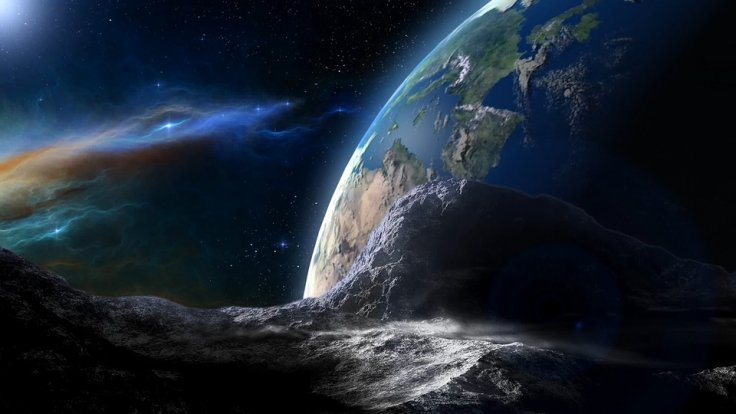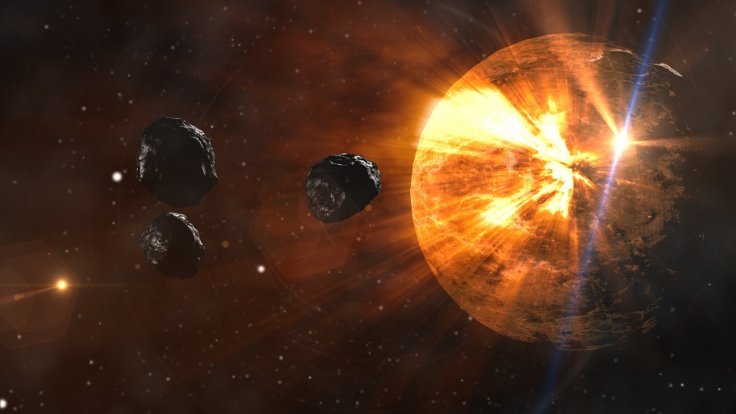
A science journalist warned that it is possible for a massive asteroid to travel undetected as it makes its way to Earth. If this asteroid hits the planet, the effects would be more devastating that those triggered by the space rock that killed off the dinosaurs millions of years ago. Corey S. Powell, a former science writer and editor for the magazines "Discover" and "Scientific American," said the asteroid belt isn't the only place where a massive near-Earth object could originate from.
As part of NASA's planetary defense, it monitors all asteroids that are known to closely approach Earth. Most of the space rocks identified by the agency as near-Earth objects come from the asteroid belt. "First off, could there be an undiscovered 20-mile-wide asteroid headed our way in the foreseeable future?" Powell wrote on Quora. "The answer is a qualified yes. The killer could not come from the asteroid belt."
According to Powell, the 32-kilometer-wide asteroid could come from the Kuiper Belt, which is a region surrounding the outer portion of the Solar System. This area, which is believed to be 200 times more massive than the asteroid belt, could be hiding asteroids that are big enough to completely destroy Earth.

Powell explained that one of these massive asteroids from the Kuiper Belt could break away from its current orbit. If this happens, it could follow the Sun's path and head towards the Sun. Since it would be coming from the same direction as the Sun, there's a big chance that it will not be detected even though it's over 30 kilometers wide.
"There is one way that an object like that could be on its way without anyone knowing, however," Powell stated. "If it were a giant comet or dislodged Kuiper Belt Object coming toward us on an extremely elliptical path (that is falling almost straight toward the Sun), it would be very hard to detect."
If this mountain-sized asteroid ends up colliding with Earth, Powell noted that the impact event would release energy that's a hundred times more powerful than the one emitted by the killer space rock that caused the extinction of the dinosaurs 66 million years ago. The impact would trigger various catastrophic events that will eventually kill off almost all life on the planet.
"All of Earth's surface would be set on fire. There would be tremendous earthquakes and tsunamis, followed by massive volcanism around the impact zone," he stated. "The ozone layer would be destroyed. The oceans would turn acidic. The Sun would be blotted out, probably for decades. All surface infrastructure would be destroyed. Most complex species would surely perish in the aftermath."









